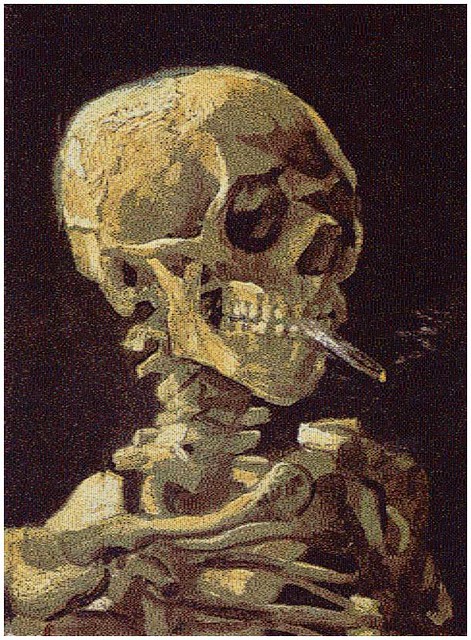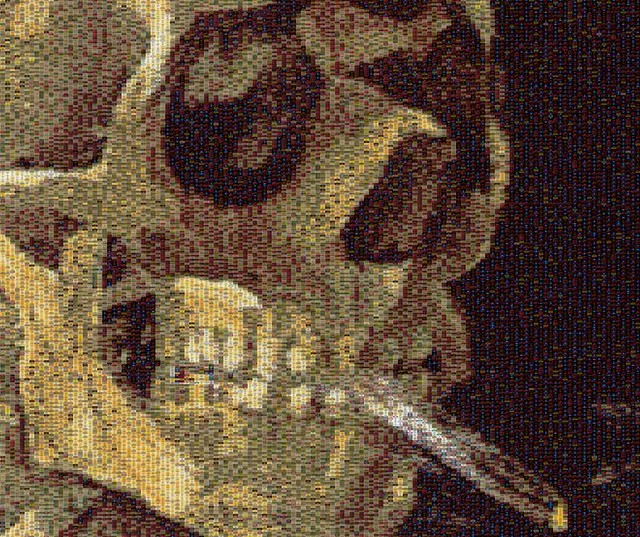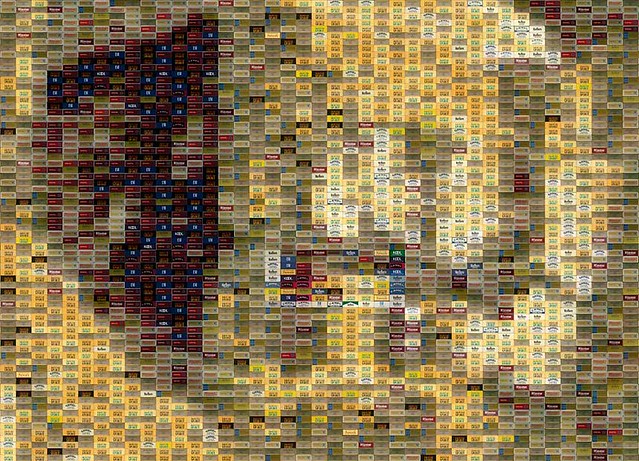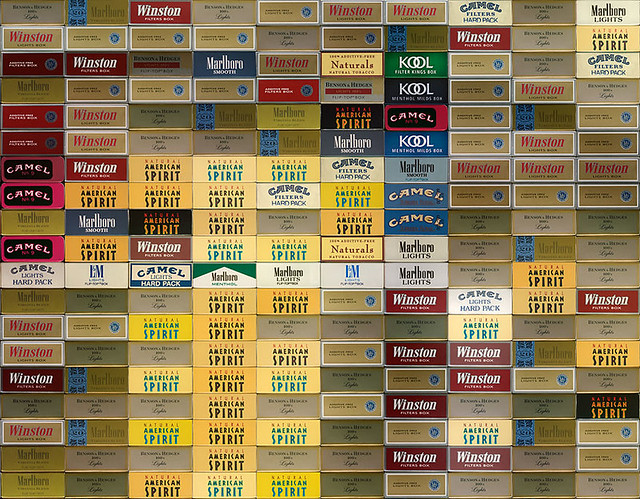It is said that news must be as entertaining as it
is truthful. Do you think both can coexist harmoniously in the world of photojournalism?
Week 12, which is the last of week of lecture, is
about photojournalism. Can news be entertaining and truthful at the same time
in the world of photojournalism? Before answering the question, what is
photojournalism? Chapnick (1994) define photojournalism as “a very special
breed of photographer who thrives in a challenging, story-telling, sometimes
dangerous profession.” It is quiet difficult for news to be entertaining and
truthful in the same time as there is a “loop hole” in the ethics of
photography.
Gross, Katz and Ruby (2003), states that
photojournalist and editor has been “long known full well that all images are manipulated
and thus have long engaged in and countenanced a variety of image-altering
practice.” In today world of technology,
a photograph could be altered in many ways but in the photojournalism world not
all alteration of photographs is acceptable. With this alteration, it will make
the news more entertaining and less truthful, but this doesn’t happen all the
time. Some alterations are made just to make the photograph clearer, but some
of the alterations make the original photograph to look bias and very
subjective.
One of the many alterations that makes the news more
entertaining and less truthful is which is acceptable in the photojournalism
world is adding in important details or the cropping out of very important
information. With this alteration, the photo will be no longer truthful; it
will change the true picture into a lie.
Another alteration is by giving caption to the
photo. This alteration doesn’t involve the picture at all, but it involves with
giving meaning to the picture. It is truthful by titling it with the author’s
name, or just telling the place of when it was taken and of what, but
captioning a photograph makes the audience feel something. This feeling that
the audience get from the photograph is sometimes bias and subjective. This is
called anchorage. With this power, a photograph that looks so truthful could be
view in a different way, thus making it a lie but entertaining.
There are still some in the news industries who use
unacceptable manipulations on photograph that isn’t obvious to the audience
eyes. With this type of manipulations, it makes the photograph more
entertaining and even less truthful. The manipulations are like editing and
distortion of main subject of photograph, deceiving the world on how the
photograph was made and the use of an application that could significantly change
the image.
In conclusion, it is quite difficult for a photograph
to be both entertaining and truthful as the news wants it to be more
entertaining so that the company will gain more profit and also to create
biasness. It is hard to handle the truth of news sometimes and sometime the
truthful news are just dull, thus making it more entertaining is the way to go.
Reference List:-
Chapnick, H. (1994). Truth Needs No Ally: Inside
Photojournalism. United States of America: University of Missouri Press.
Gross, L., Katz J. S. & Ruby, J. (2003). Image
ethics in the digital age. MN: University of Minnesota Press.







